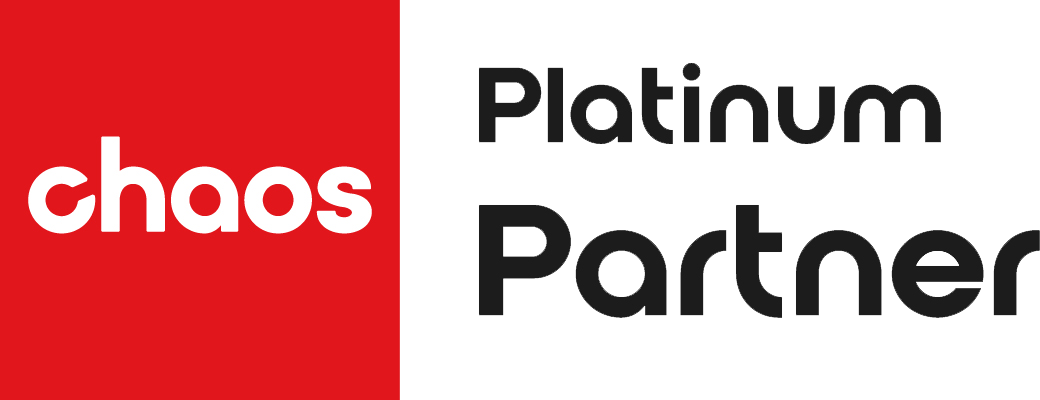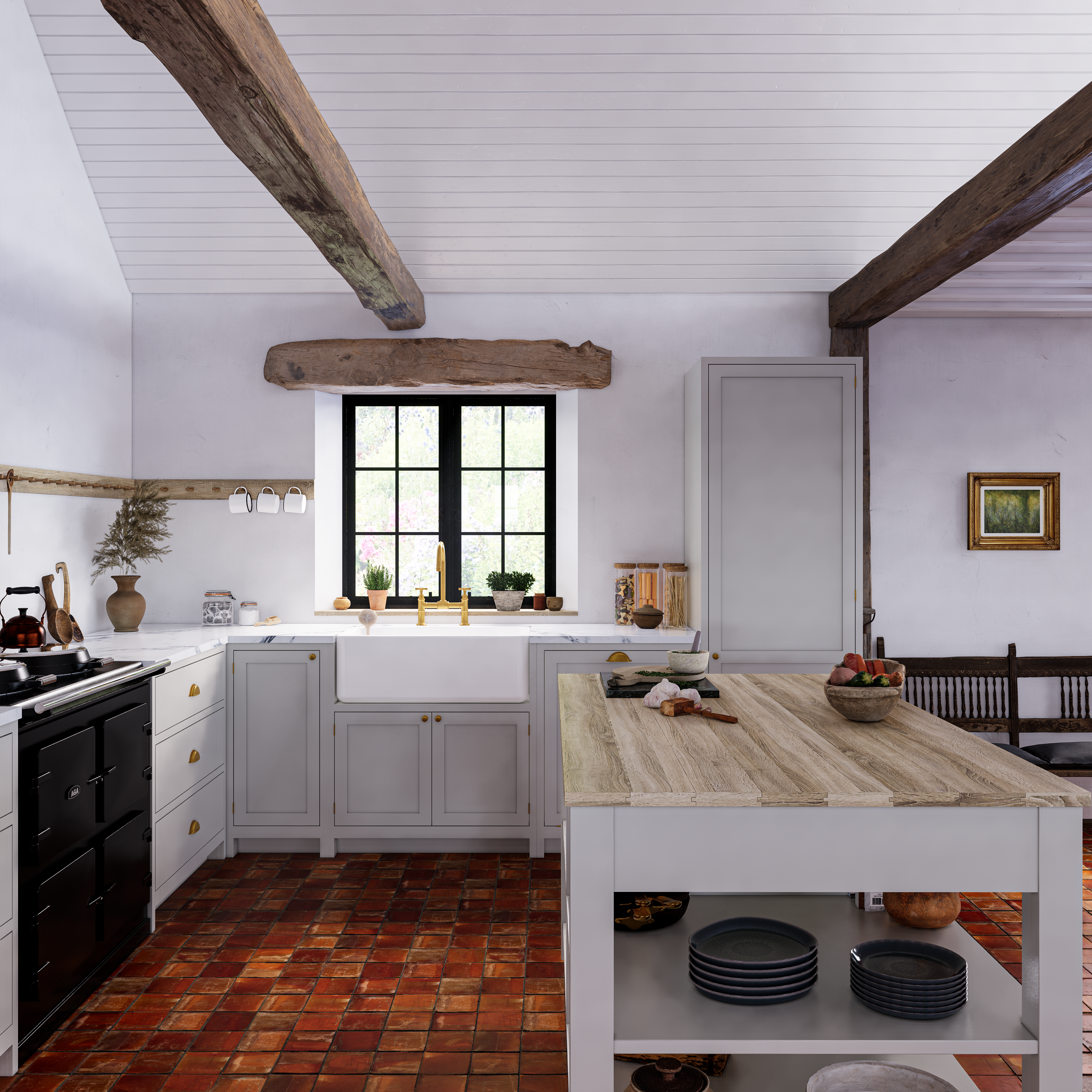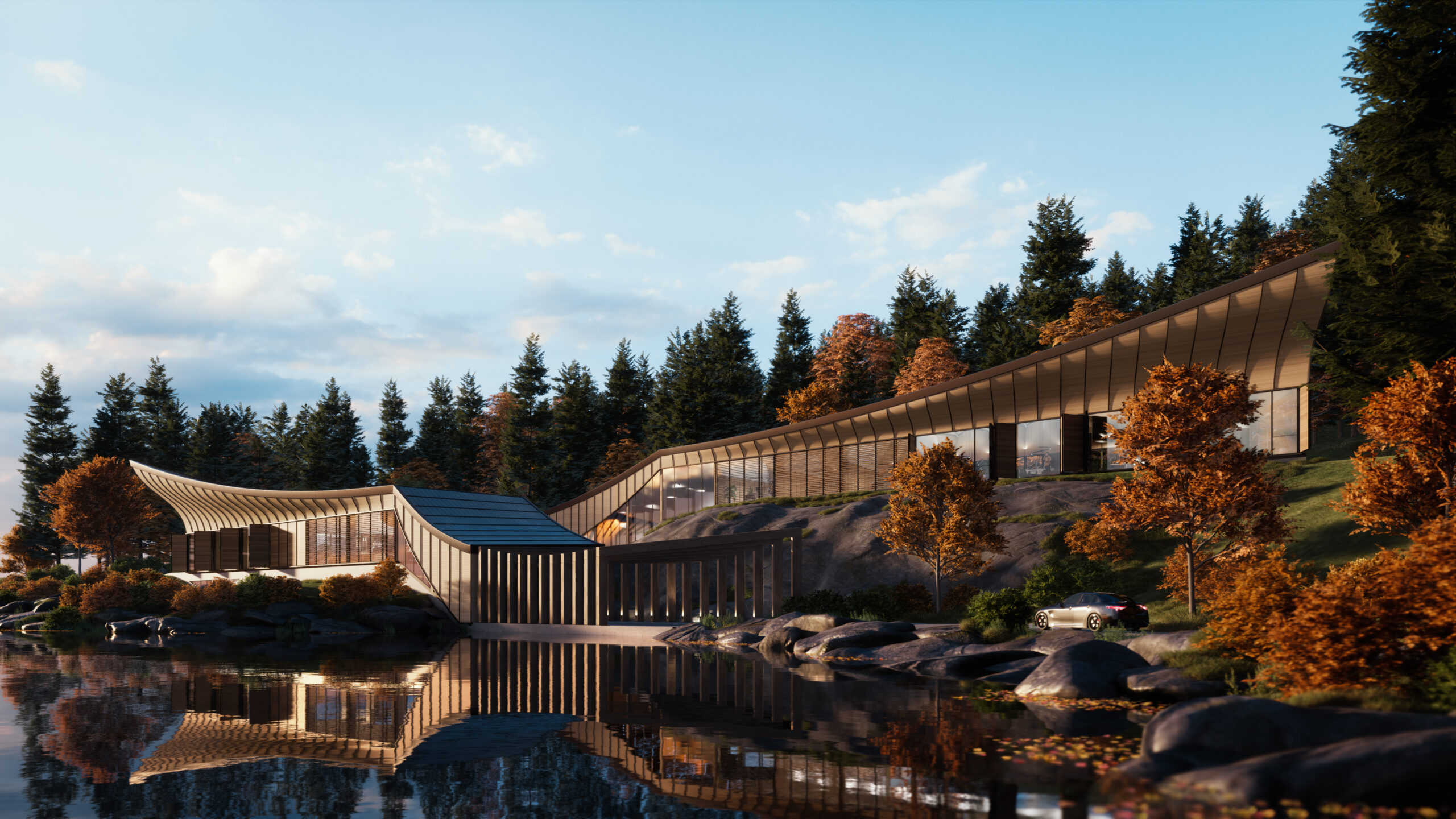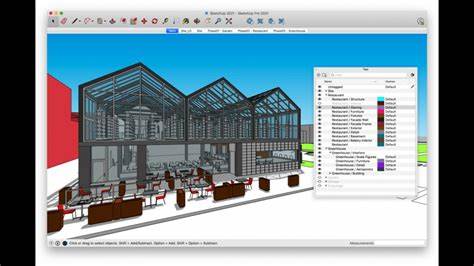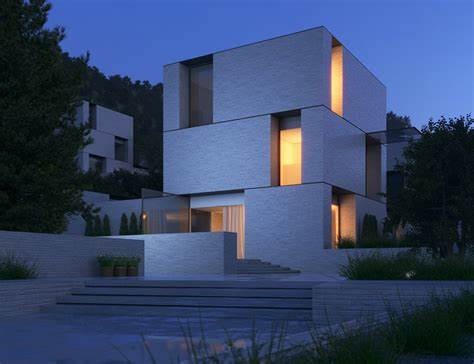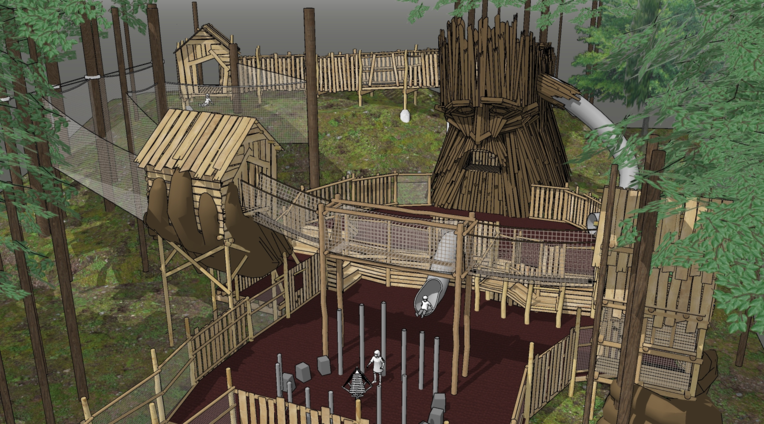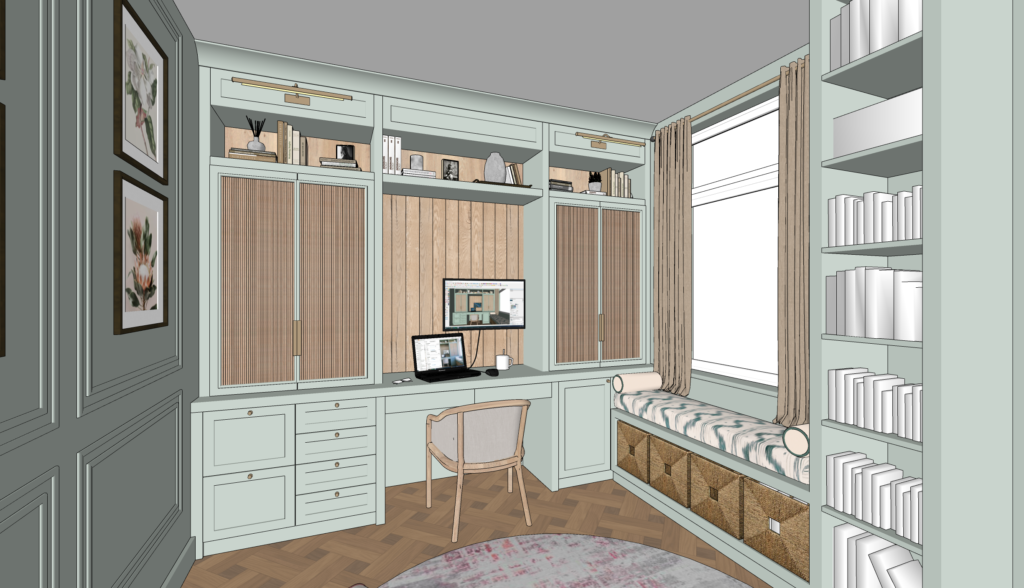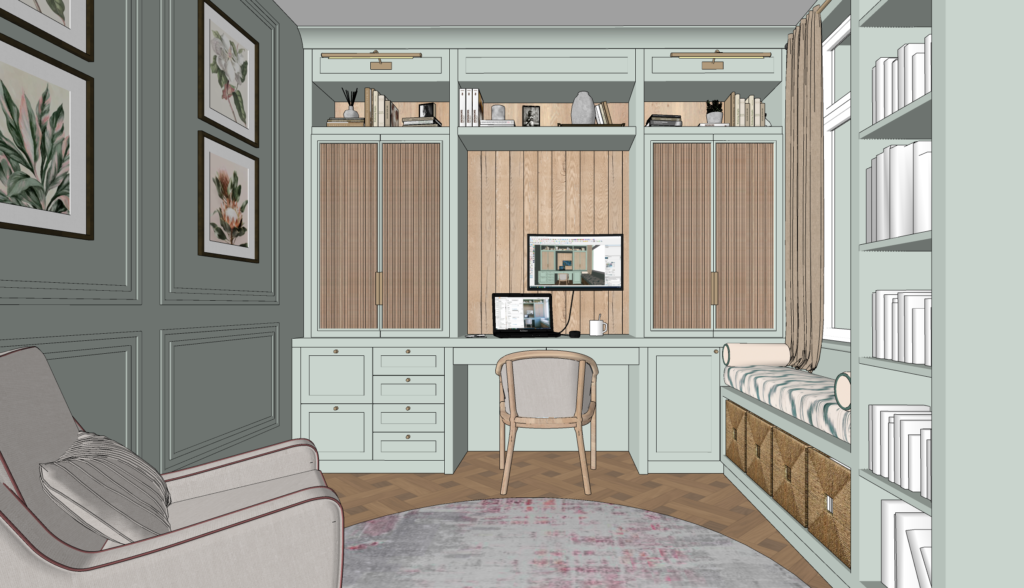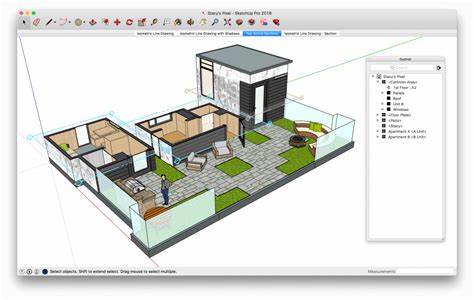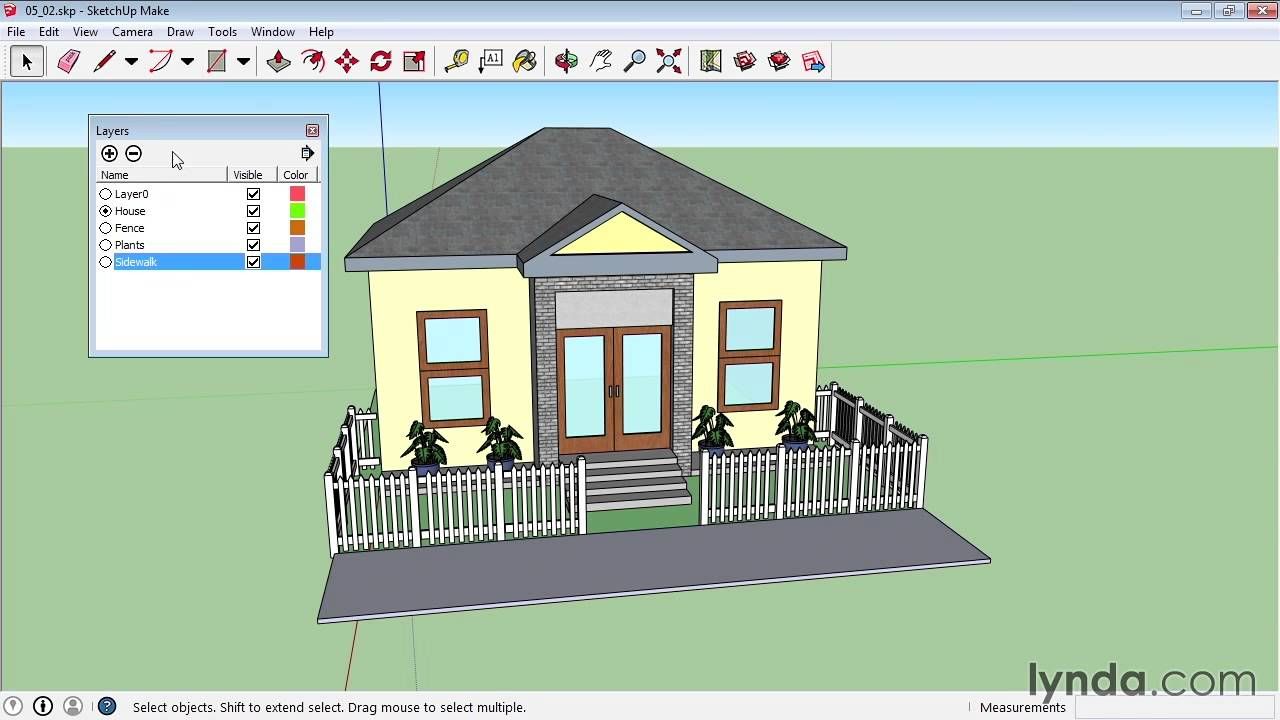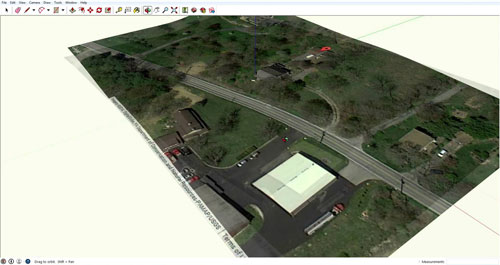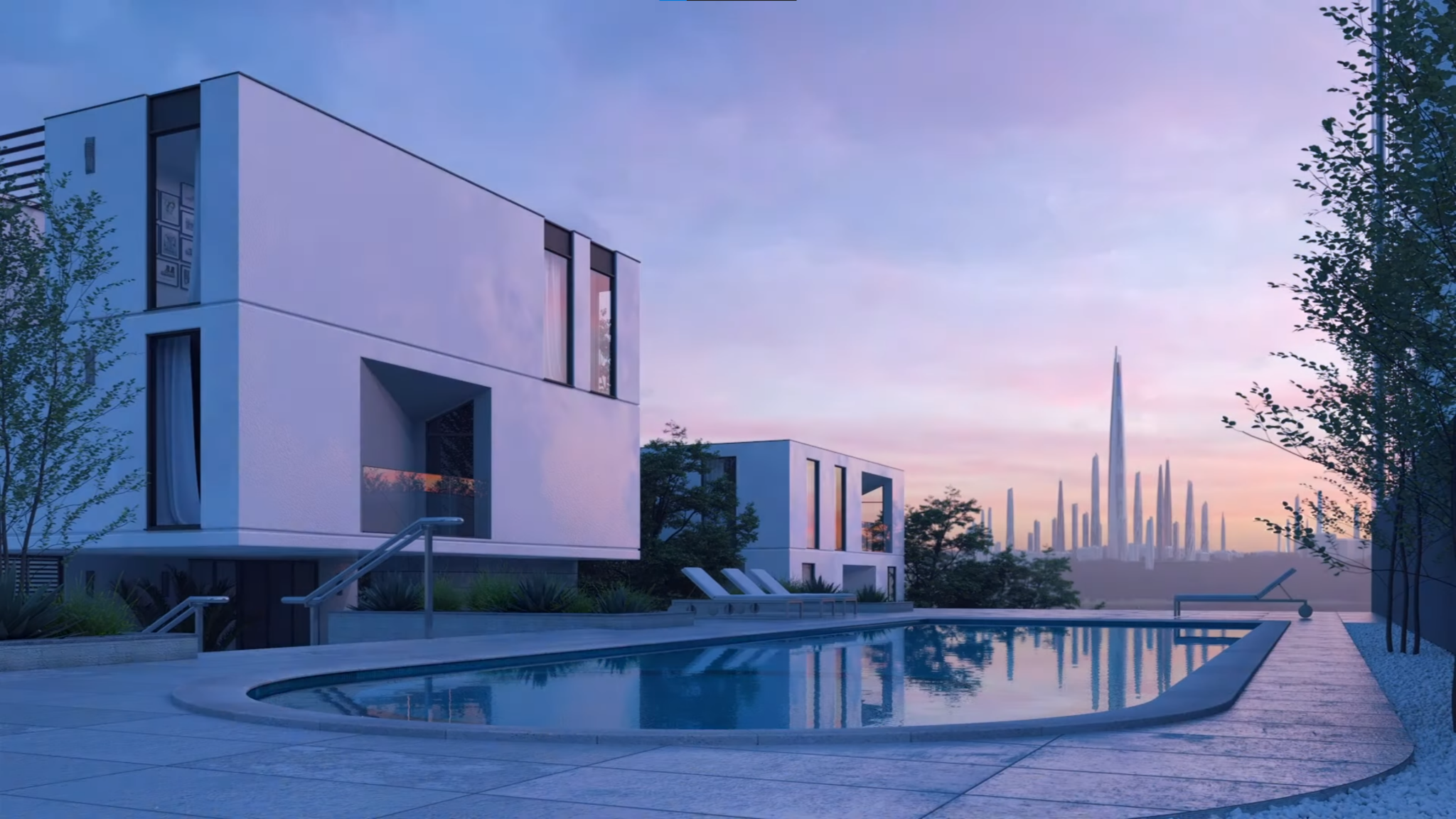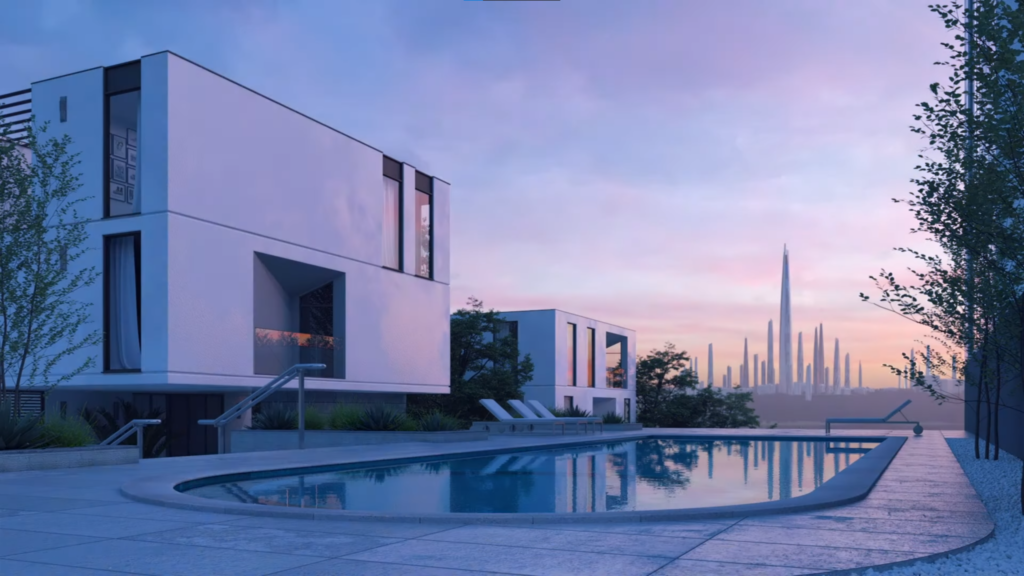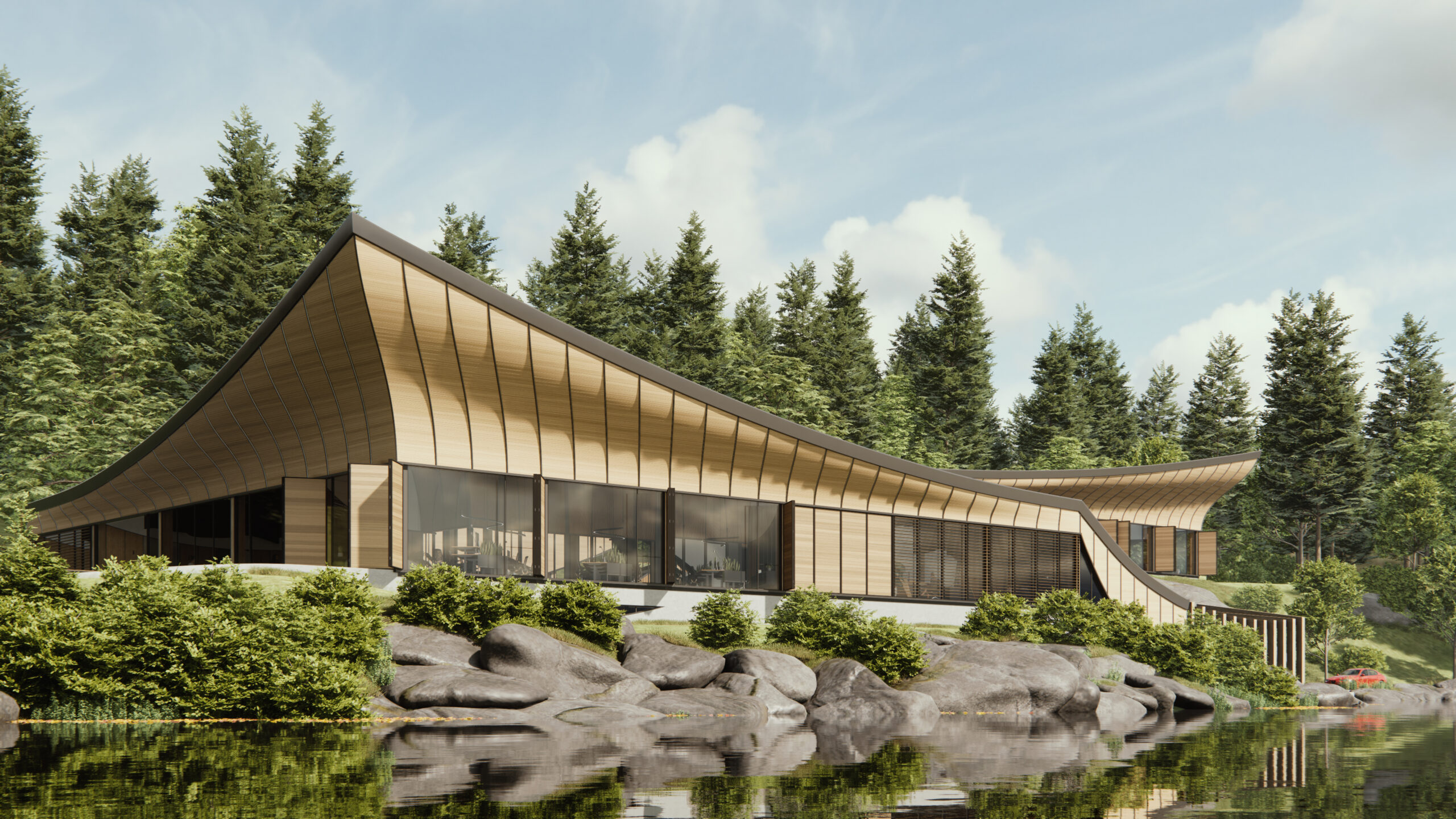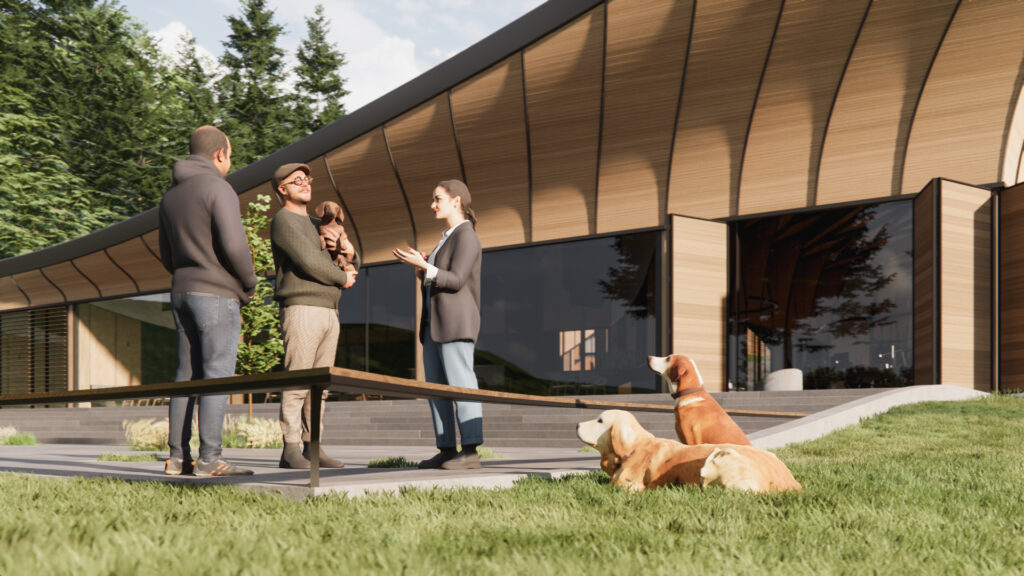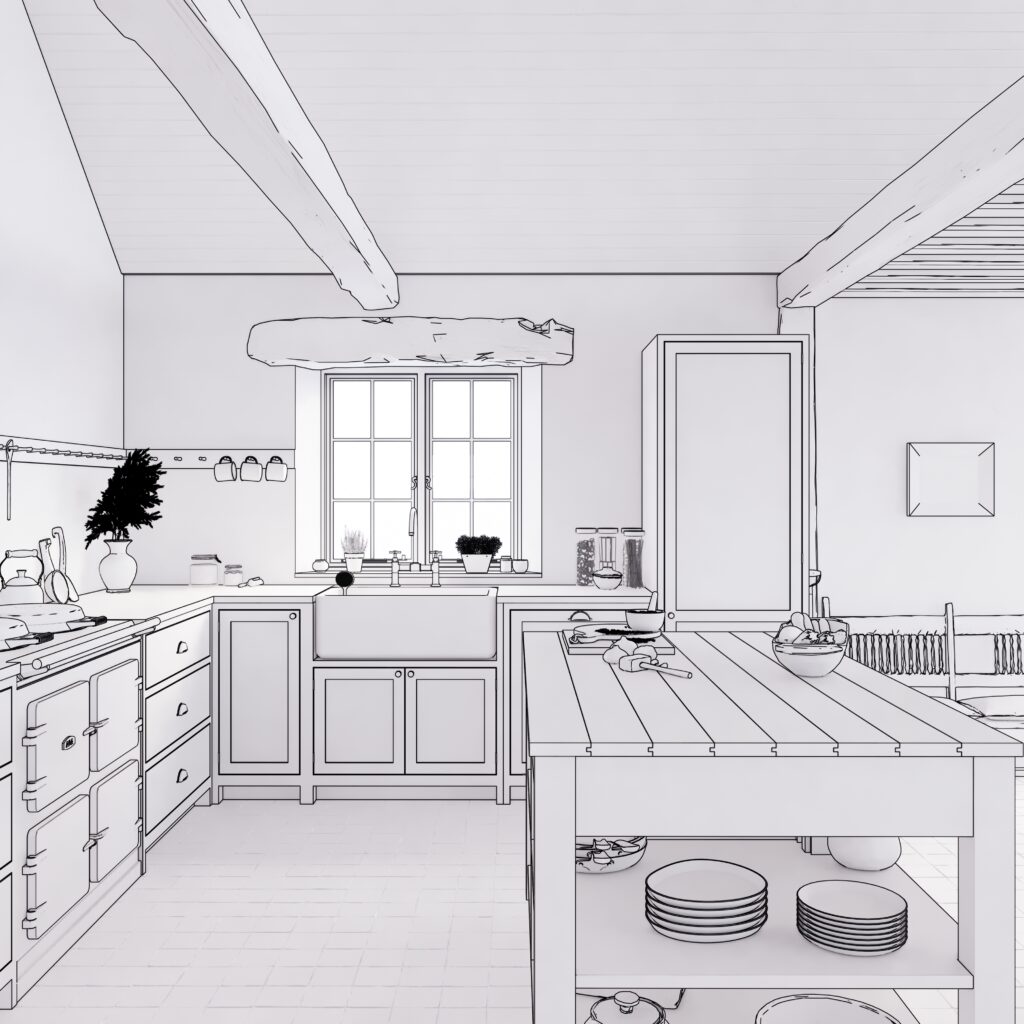
In the dynamic world of architectural visualization, where creativity meets technical precision, the role of cutting-edge software tools cannot be overstated. Among the array of applications available to visualization professionals, SketchUp has emerged as a powerful and versatile tool, revolutionizing the way architectural designs are conceptualised, communicated, and brought to life.
This case study explores the transformative impact of SketchUp on the field of visualization, as witnessed through the experiences of a dedicated practitioner in architectural visualization, Henry, owner of HBC visual.

Henry has used SketchUp to enhance his 3D modelling designs giving his clients optimum Visulisation of their ideas from start to finish.
So Henry, tell us a little more about who you are and what you do!
Great, so I currently run a Visulisation business where I support designers, planners and architects bring their designs to life for their clients or for themselves. I use my previous 10 years of experience to help them fill in the gap between 2d floor plans and designs and photo realistic visuals.
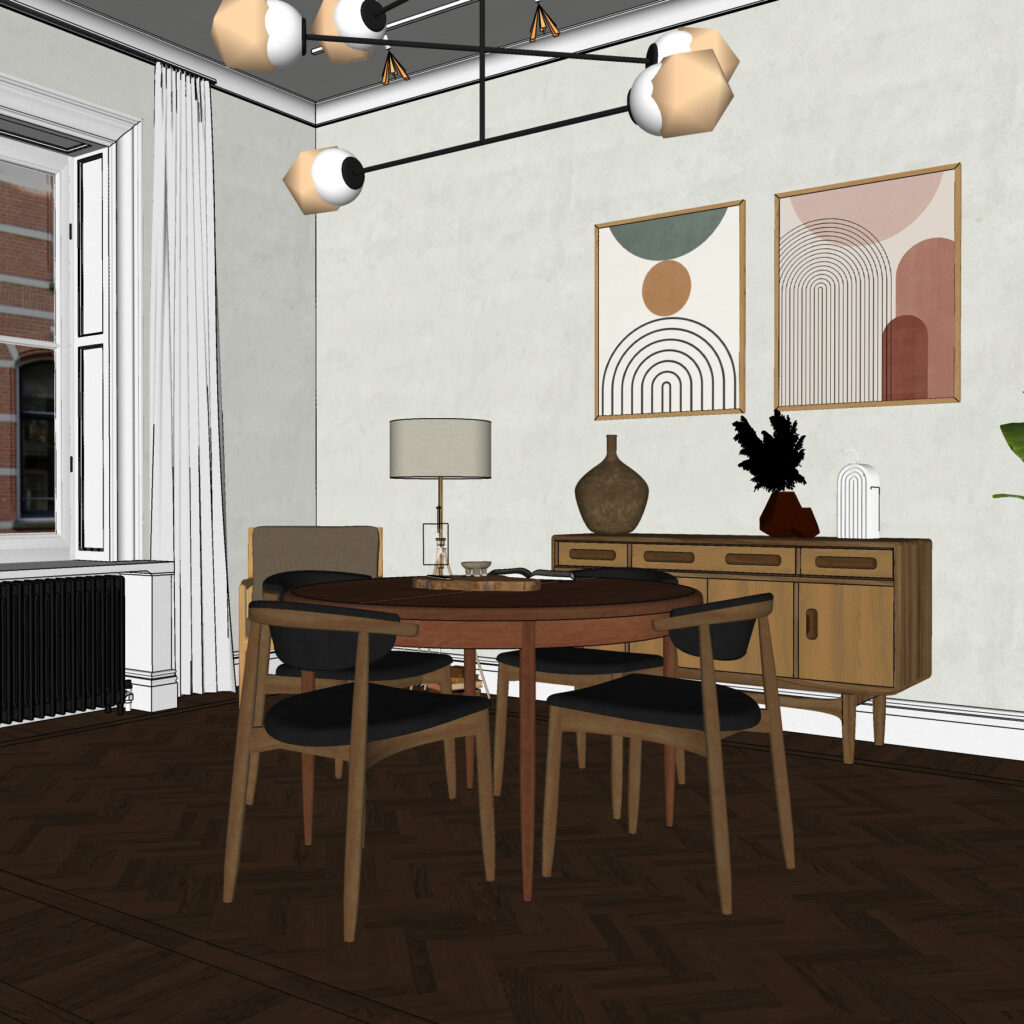
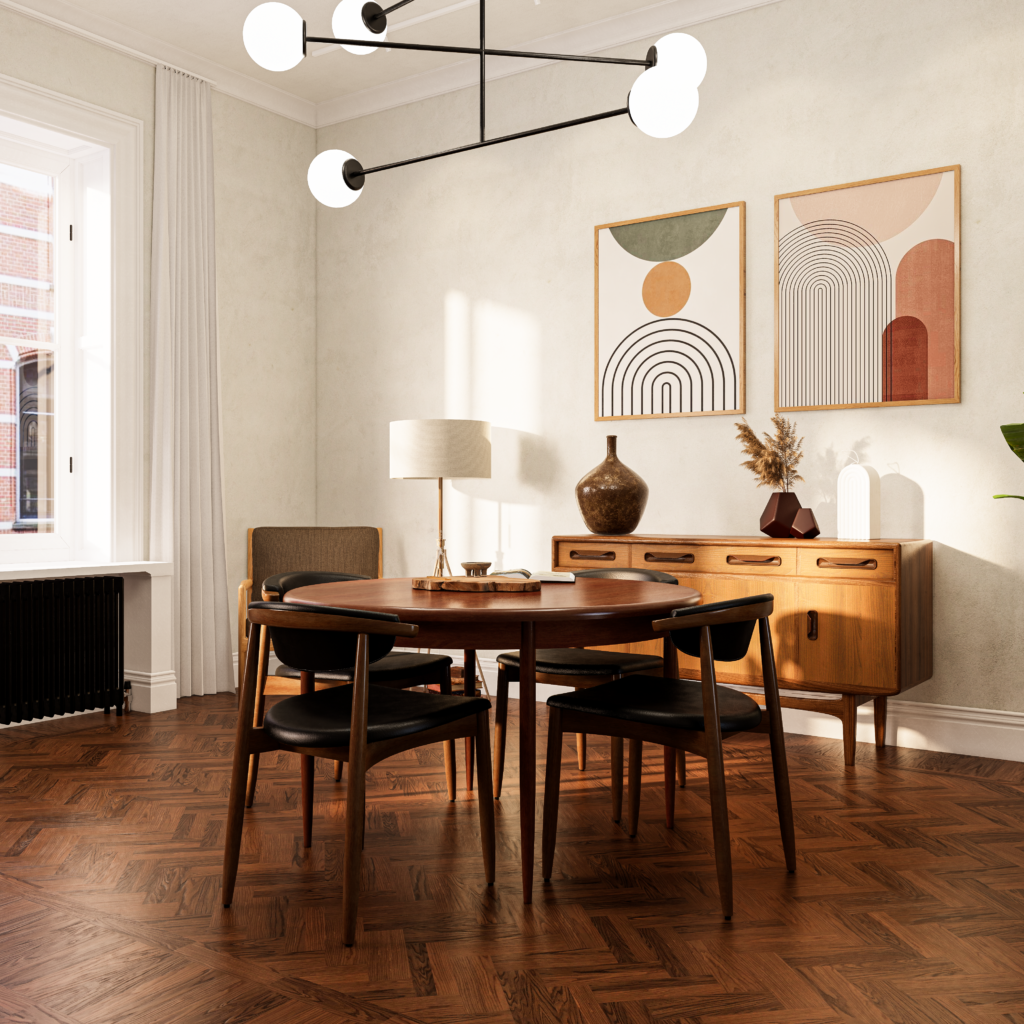
Specialising in interior, architecture and town planning, currently on small scale with aims to move towards larger projects in time.
When did you first come across SketchUp?
OOOOO that was a long time ago! I think it was still Google SketchUp if I remember correctly! It was while I was studying but it was an early version for sure.
Then went to university and learned a few of the other 3D modelling platforms but continued using SketchUp in the background, nothing major at this point, no layers, groups etc!
When I moved into my placement year whom I later continued working for, they did not use Visulisations at all, so I stepped in with SketchUp and begun to develop my skills further, after a while of using SketchUp alongside V-Ray and completing a workflow in the business I was creating some high-quality renders for the company.

Around 6 years ago I began spending more time on SketchUp, watching YouTube videos, self help videos and joining community to learn new skills.
From its humble beginnings as a 3D modeling tool, SketchUp has evolved into a comprehensive platform that offers an unparalleled level of control, realism, and interactivity. With its rich library of pre-built components, its ability to import and export various file formats, and its powerful rendering capabilities, SketchUp has become an indispensable tool for professionals across the architectural visualization spectrum.

I have found Enscape to be much easier to pick up as a software and similar to use but it really depends on what you need to use it for, Enscape has been great for me for an interior designer.
Within my design workflow there are a few plugins and additional features I like to use, LayOut is an interesting one, I really enjoy using it and the drawing work you can create from it, I don’t use it as much as I like, just down to the type of work I do. I use a few plugins to round corners, solid shapes, random rotation and texturizers for Enscape, it depends on what I am doing but the usual plugins.
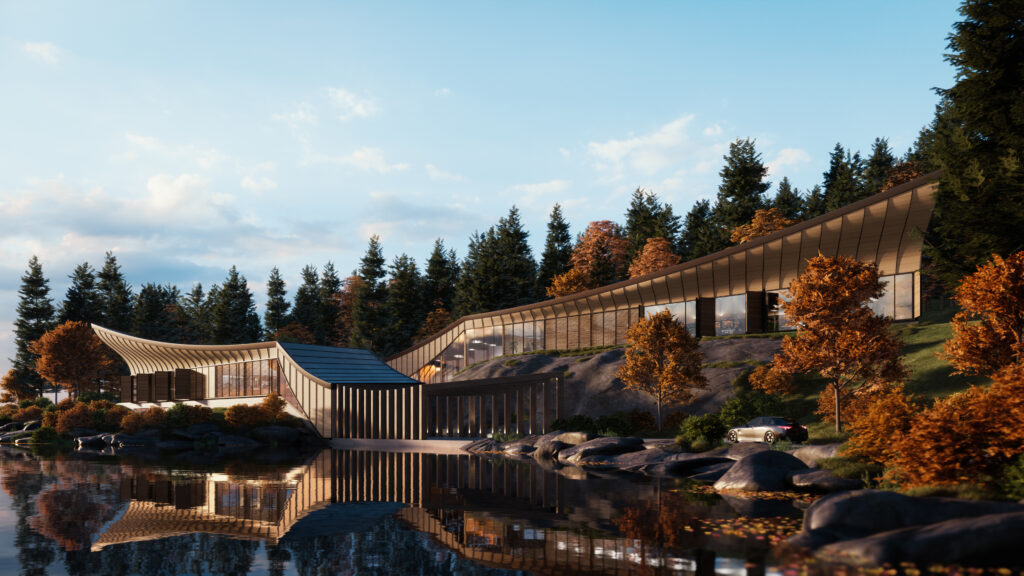
SketchUp 2023 has launched, with the addition of new features
In conclusion, this case study showcases the transformative impact of SketchUp on the field of architectural visualization. Through its intuitive interface, comprehensive features, and powerful rendering capabilities, SketchUp has become an invaluable tool for professionals seeking to elevate their visualization workflows. As we explore real-life projects and examine the firsthand experiences of practitioners, we gain insight into how SketchUp has reshaped the way architectural designs are conceptualized, communicated, and brought to life.

Thanks, Henry, for the great insight into your views from SketchUp! Click below to follow him on Instagram!


